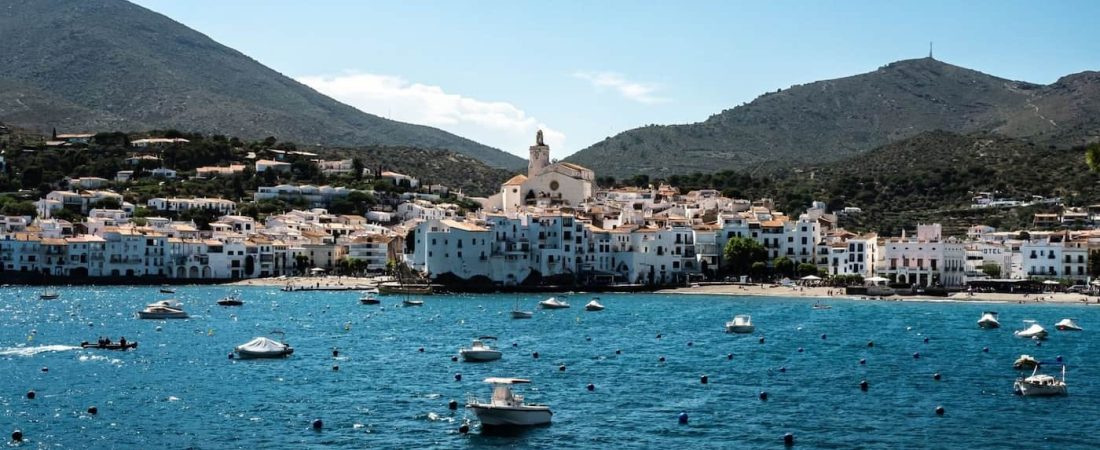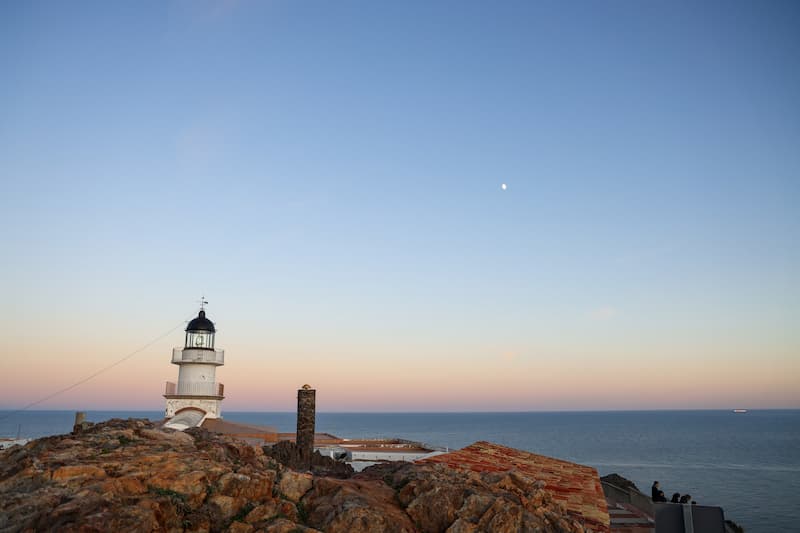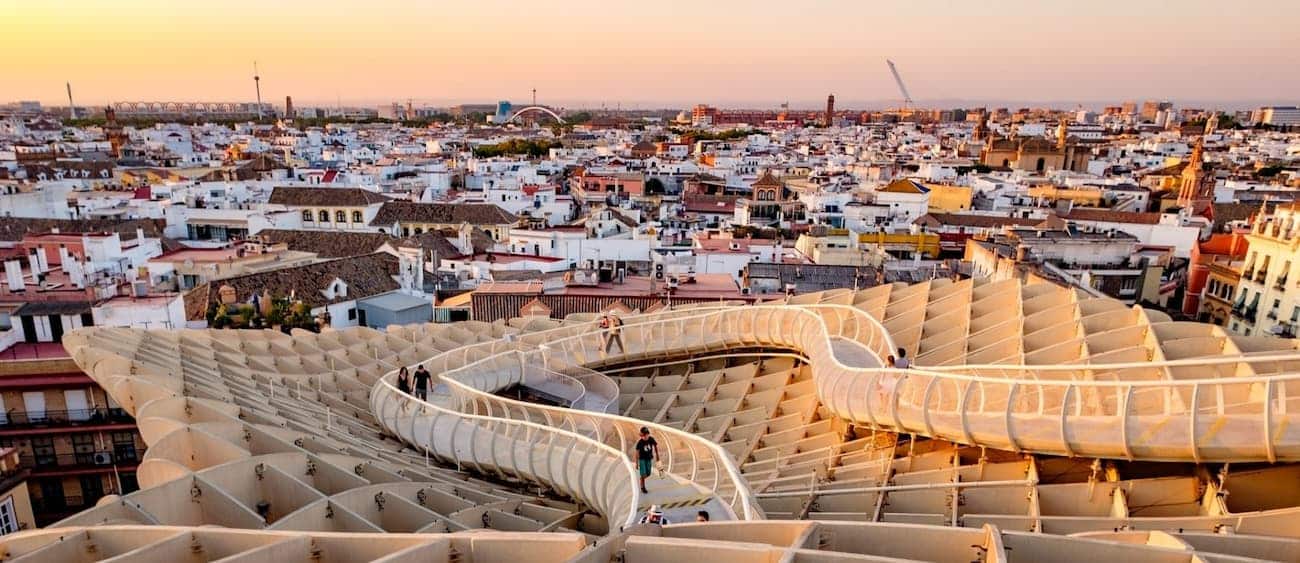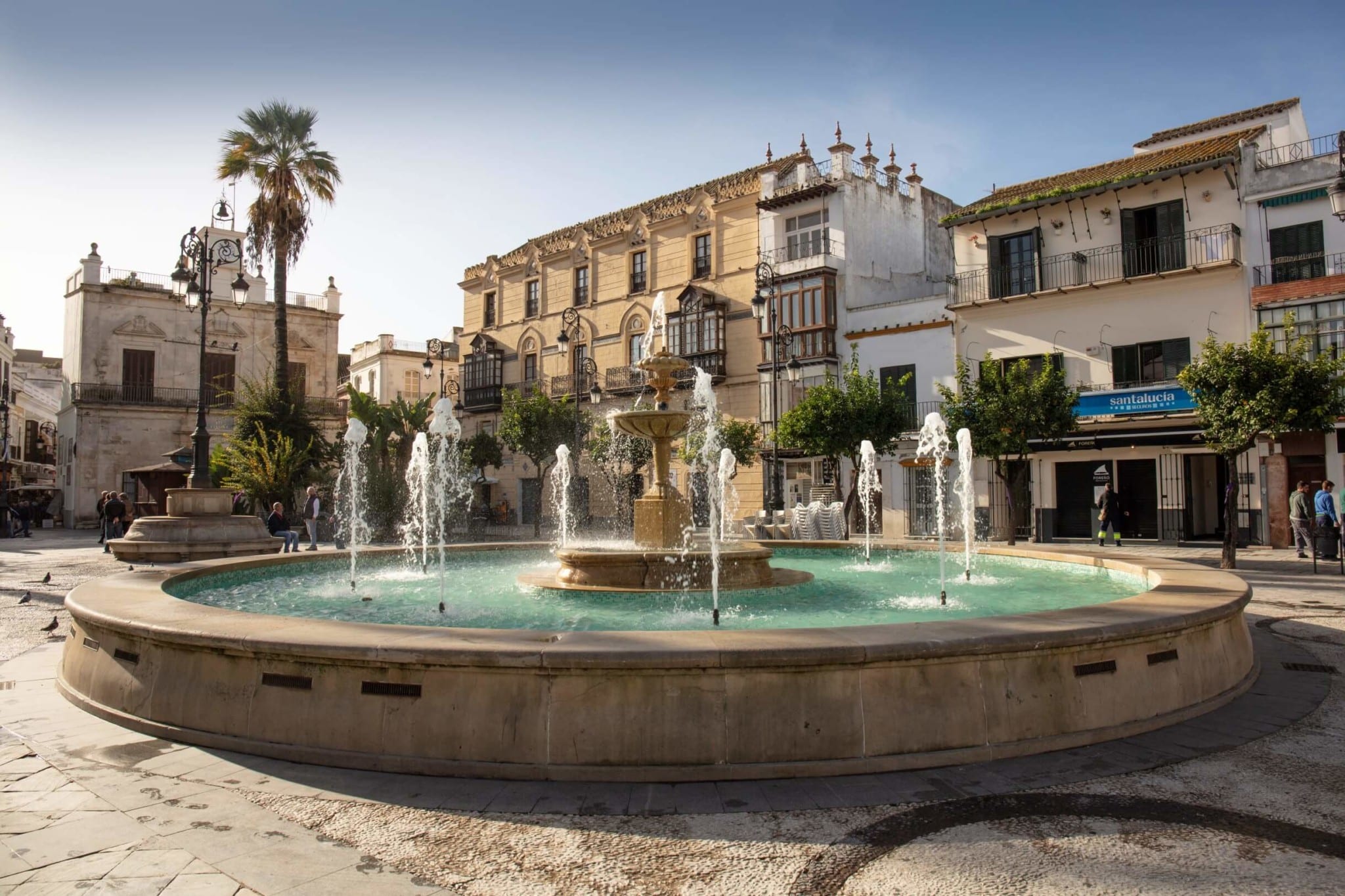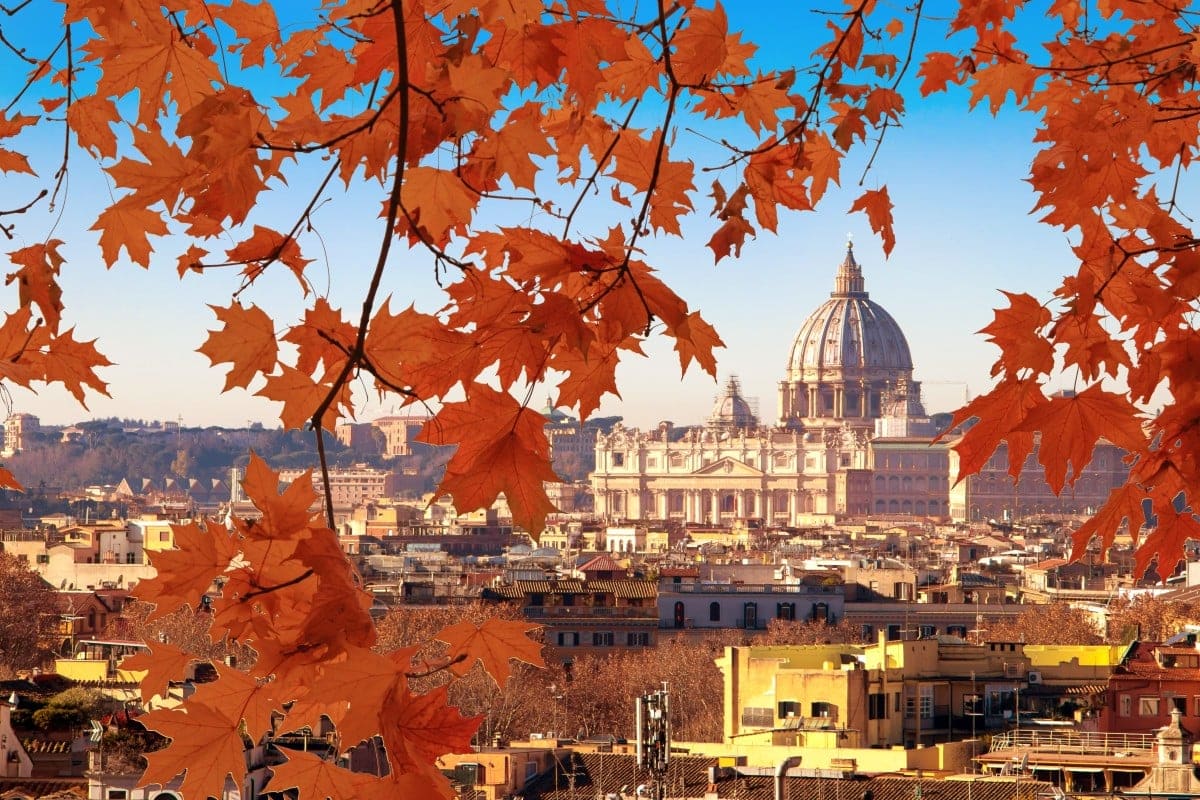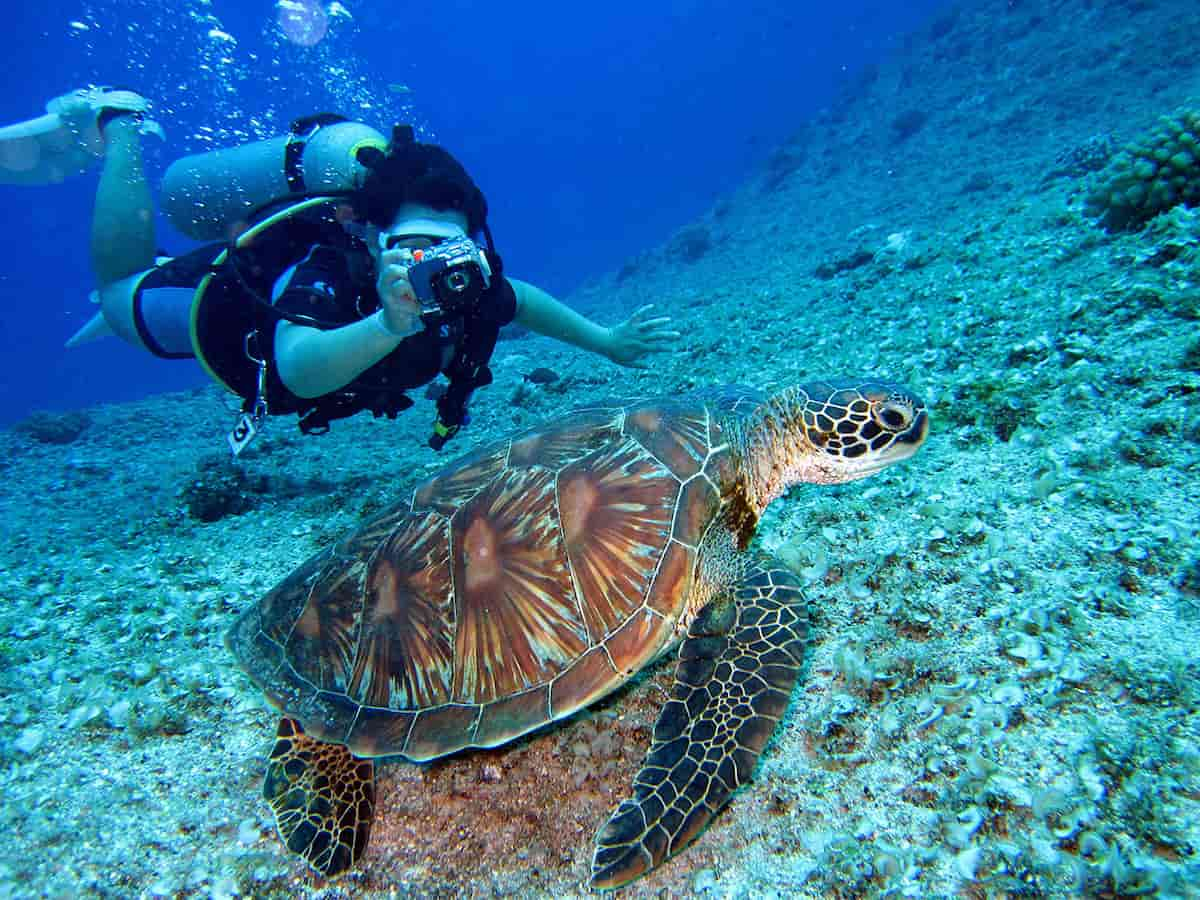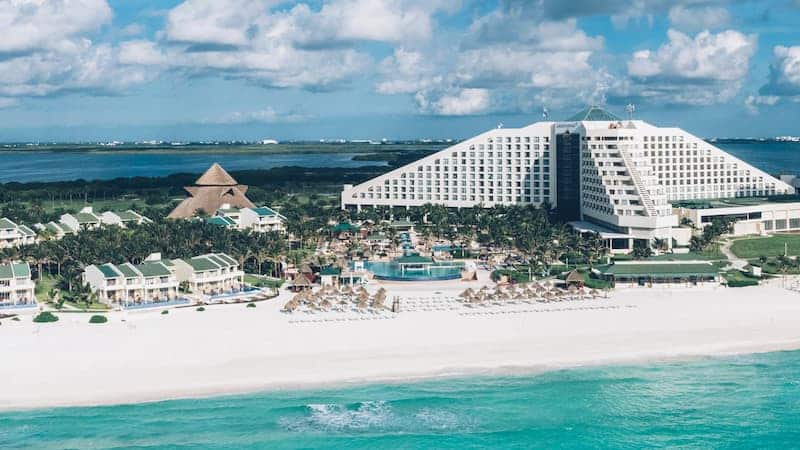There are places that when you first meet them feel like a treasure found in the middle of a lot of other things that attract attention. They are usually places that make you want to return again and again, either because of its landscapes, its history, its culture or also its people. One of those is Cadaqués, a unique town that falls in love wherever you look at it.
Cadaqués is located in the province of Girona, or Gerona, within the Autonomous Community of Catalonia, it is the easternmost town in all of Spain and that is not the only thing that stands out. It is one of the most beautiful towns in Spain and, as if that were not enough, it is considered the jewel of the Costa Brava.
There are different theories about his name. One of them is that it is an evolution of the name Cap de Quers or Cap d’Aques, which means Cape of rocks; another maintains that its name comes from the word “cadaquers”, which means juniper forests and these are the trees that were found in the region; And, the third theory is that its name is related to the Greek words kata-kairus, which mean occasional people.
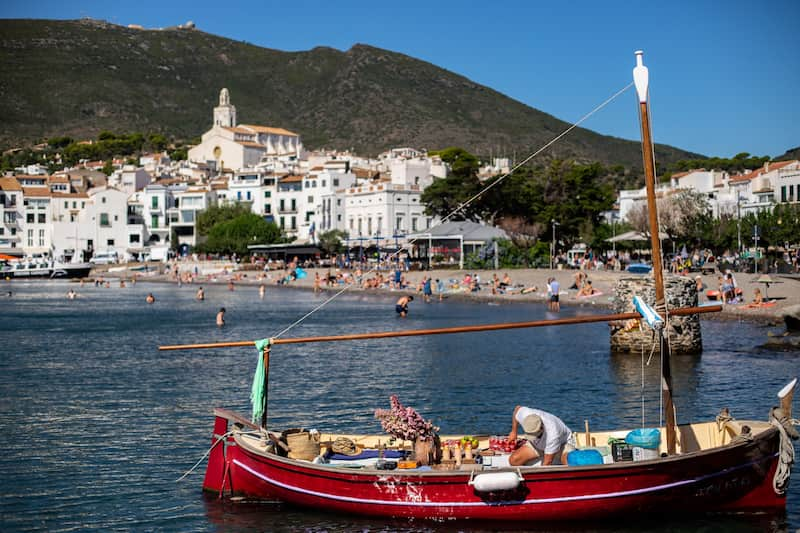
Photo by David Monje en Unsplash
This Catalan town is one of the places that are as rich in history as in culture, being one of those chosen by Salvador Dalí to take refuge, as well known for its typical white houses as for its beaches and coves. So if you wonder what to do in Cadaqués, the answer is “everything”, without a doubt. In addition, the attraction is not only in the town itself but also in its surroundings.
A fact that is not minor is that, being the easternmost town in Spain, Cadaqués is the first place in this Iberian country to see the sunrise. That is just one of the incredible things it has to offer and, therefore, below we will tell you what to see in Cadaqués and its surroundings.
What to see in Cadaqués and surroundings
This town is known mainly for having been the home of Salvador Dalí and for the detail of its white houses. In addition, it is one of the towns in the Autonomous Community of Catalonia that combines history, culture and incredible nature, all to enjoy like never before.
Here we tell you what to see in Cadaqués and its surroundings to enjoy your visit to this region of Spain to the fullest.
1. Church of Santa María de Cadaqués
The Church of Santa María is one of the places in Cadaqués that you cannot miss. Not only for what it represents in historical terms but also for the incredible view it offers. It’s something worth experiencing.
This temple is located in the highest region of the town, dates from the 16th century and is one of the most characteristic sites in this area. The location in which this church is located is just above where the first temple was, belonging to the thirteenth century, which between the fifteenth and sixteenth century was attacked by pirates and was deeply damaged.
This place has one of the most remarkable baroque altarpieces in the entire Autonomous Community of Catalonia region and is 23 meters high. These are works painted or sculpted on wood, in this case made by the sculptor Pau Costa and dedicated to the Virgin where the main one is the Virgin of Hope. In addition, the church also has an organ dating from 1689, not only is it the smallest but it is also one of the oldest in Catalonia.
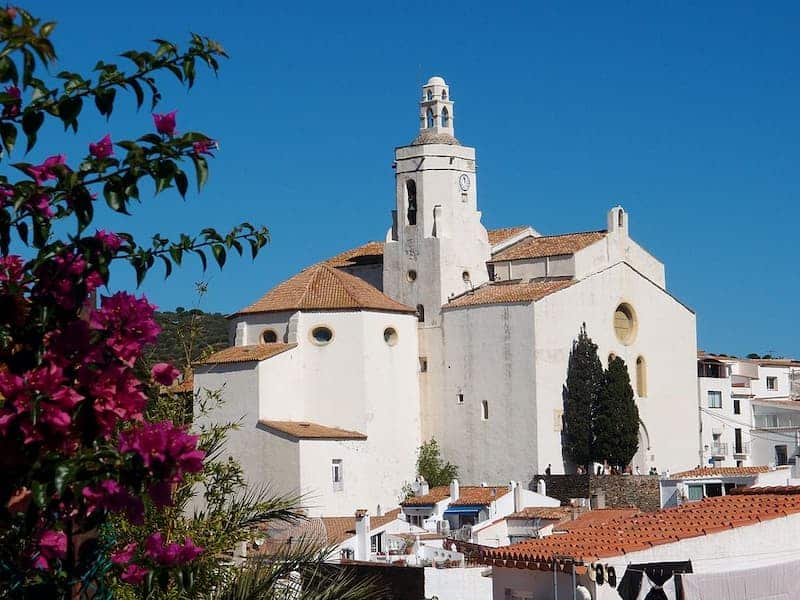
From this location, and thanks to its height, you can get a beautiful panoramic view of Cadaqués.
2. Salvador Dalí House-Museum
One of the things to see in Cadaqués and its surroundings is the Salvador Dalí House-Museum. It is the place where the artist made a large part of his works and which was his home until 1982, when Gala passed away, who moved to the town of Púbol.
This was the only stable residence that the painter had and he moved there in 1930. At first it was a small barrack that had an incredible landscape, as well as its light, but over time he built more things, adding details, until creating your house completely. Dalí used to define it as “a true biological structure”.
It is located in Portlligat, it is a site that belongs to the municipality of Cadaqués, and is part of a circuit known as Dalinian Triangle. The other two edges that make up the route are the Dalí Theater-Museum, located in the town of Figueres, and the Gala-Dalí Castle House-Museum, in Soccer. The latter is the castle that Dalí bought to fulfill Gala’s promise to make her queen of a castle.
Something important to keep in mind when visiting the Portlligat House-Museum is that it is necessary to reserve before going, yes or yes.
3. Cap de Creus Natural Park
The Cap de Creus natural park is one of the natural attractions that can be enjoyed in Cadaqués but it is also part of several other municipalities. It covers territories of Llançà, Vilajuïga, Pau, Palau Sarvedera, Rosas, Cadaqués, Port de la Selva and Selva de Mar. It not only stands out for its landscapes and vegetation but also has an important title within of the autonomous community: it is the first terrestrial maritime park in all of Catalonia.
It is an amazing place and without a doubt it is part of the things to see in Cadaqués and its surroundings. It occupies a total area of 13,886 hectares, where 10,386 of them are terrestrial while the other 3,090 are marine.

Image by Turismo Catalunya
In terms of vegetation, the park has about 600 species of plants, and some of them are completely exclusive to Cap de Creus, as is the case with Seseli Farreñi. Of course the trees are the ones that predominate in this region but it is important to note that we can also find junipers, which according to one of the theories of its forests comes from the name of Cadaqués.
In this park you can also find several animals, both terrestrial and aquatic, and without a doubt something that stands out is the red coral on the underwater bottom.
It should be noted that in addition to everything it has to offer in terms of landscapes and nature, Cabo de Creus also has cultural spaces to visit such as the monastery of San Pedro de Rodas, the dry stone barracks, the hermitages and more.
4. Serinyana House
Casa Serinyana is one of the most recognized buildings in the town of Cadaqués. It was inaugurated on September 20, 1913 by Octavio Serinyana, its first owner, and the construction was in charge of the architect Salvador Sellés i Baró. It has an area of 625 square meters.
This house was restored in the 80s and is also known as Casa Blaua. This is because in Catalan it means “blue” and refers to the blue ceramics that are framing the doors and windows. It is located on the Paseo Marítimo de Cadaqués and, without a doubt, can be defined as a luxury home.
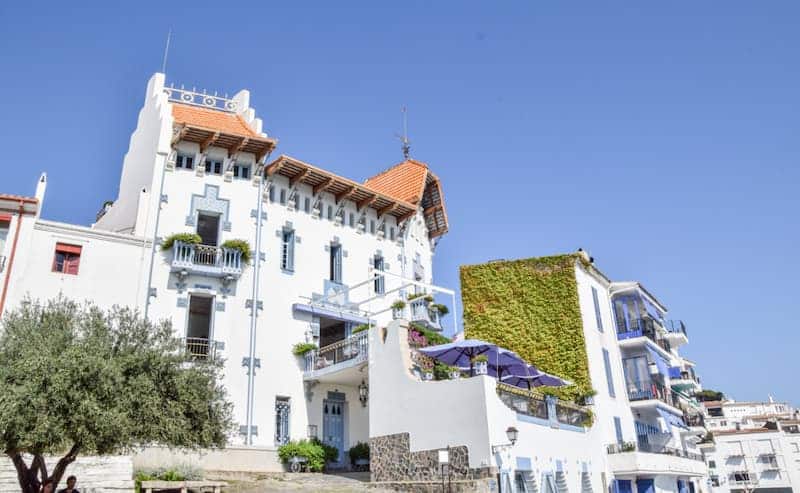
Some of the characteristics of this house are that it has three floors, its architectural style is modernist and it has a bridge that connects the facade with the entrance door, which allows access to the entrance of the house both from the first floor as of the ground floor.
5. Municipal Museum of Art
The Municipal Museum of Art, also known as Museo de Cadaqués is dedicated mostly to artists who had an important step through the town and left a mark on its history. The works that stand out the most are those of the painter Salvador Dalí, through which his biography and a tour of his art are told.
The exhibitions vary over time, their purpose is that people who decide to visit the institution can learn more about Cadaqués and its culture. Although part of the exhibits are dedicated exclusively to Dalí, you can also find works by other artists such as Richard Hamilton, Ignacio Iturria, Josep Niebla, Antoni Pitxot, among others.
The Municipal Museum is one of the things to see in Cadaqués to be able to know part of its history and culture in the first person. People who are interested in visiting it have to bear in mind that the opening hours vary depending on the works that are on display or the season of the year in which they go. For its part, it is open every day, except Fridays and weekends.
6. Cap de Creus space
This site to continue knowing deeply the culture of Cadaqués is located within the lighthouse of Cabo de Creus. The latter is considered the second oldest lighthouse in the Autonomous Community of Catalonia, dates from 1853 and is a recommended place to enjoy amazing sunsets.
In the Espacio Cap de Creus, or Espai Cap de Creus, you can find a lot of information about how the area changed over time. It is in charge of scientific dissemination, it is there where they explain the plant, geological and animal evolution of the environment.
The Space has four rooms and one of them has temporary exhibitions while the other three have permanent exhibitions. In them you can find photographs, graphic panels and different multimedia elements that allow you to know the region that surrounds the lighthouse in a different way.
7. The coves of Cadaqués
If we think about what are the things to see in Cadaqués and its surroundings, something that cannot be missed is its coves. It is normal to refer to these as “beaches”, although the reality is that the town does not have large white sand beaches as other regions of the Costa Brava do. Despite this, the beaches that are created from its coves have nothing to wish for the others.
One of the most outstanding places in Cadaqués and its surroundings is the Playa Grande. It is the most central, has all the services and can be accessed directly from the promenade. It is about 200 meters long and 20 wide. A curious fact is that people who decide to visit it will be greeted by a statue of Salvador Dalí himself.
Two other beaches worth visiting are Llané and Llané Petit. The first is accessible from the promenade while to get to the second it is necessary to go through Llané first. La Llané Petit, as its name implies, is smaller or at the same time quiet than Llané just plain.
Last but not least, another of the beaches that is worth highlighting is Es Sortell beach. It is located about 300 meters from the center of town and offers an incredible view of the characteristic white houses of this region, as well as the buildings with a more modernist architecture found on the Paseo Marítimo.
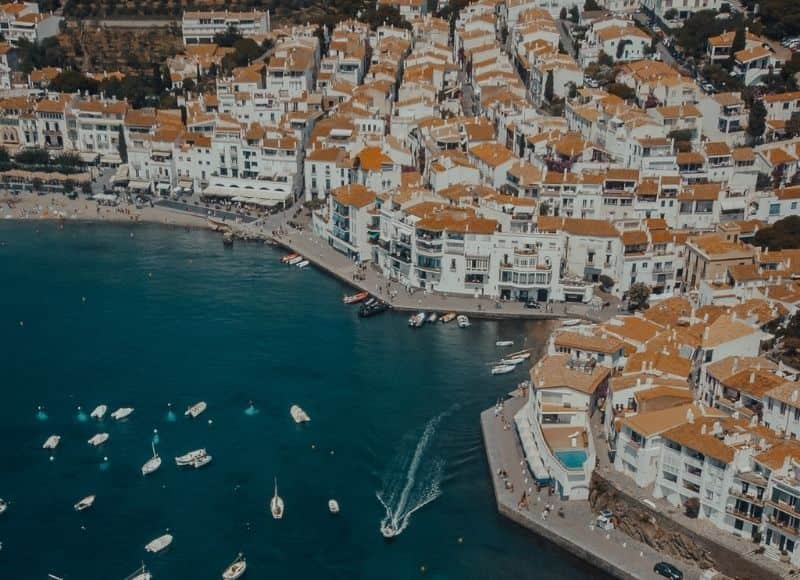
Photo by Guzmán Barquín en Unsplash
These are just some of the things to see in Cadaqués and its surroundings, but without a doubt they are those that you cannot miss and get to know in order to get to know the culture of this region of the Costa Brava from another point of view, as well as also its most prominent sites.
Do you have any other place in Cadaqués that is not to be missed for a next visit? Tell us! ????????
